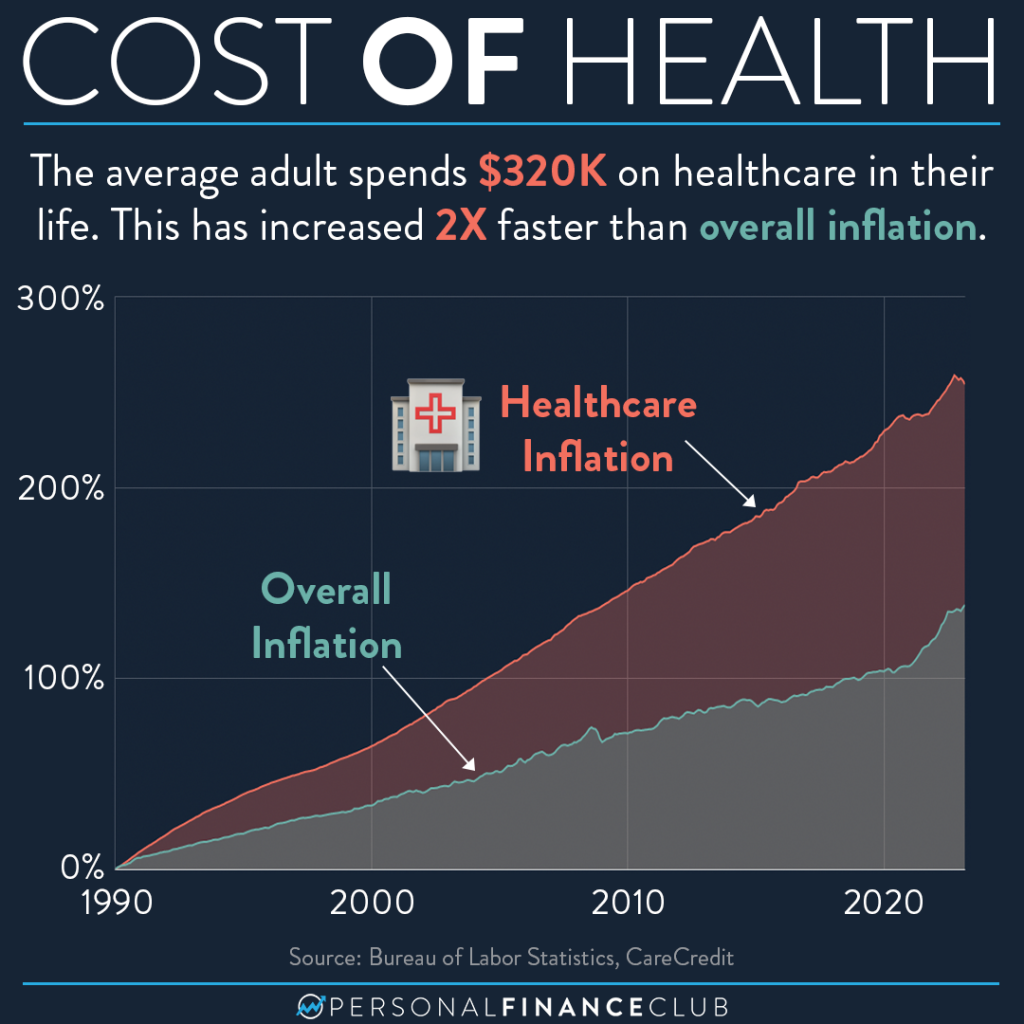Why Healthcare RCM is Essential for Financial Health in Medical Practices
Why Healthcare RCM is Essential for Financial Health in Medical Practices
Blog Article
A Comprehensive Guide on Exactly How Medical Care RCM Functions to Improve Billing and Collections
Navigating the complexities of healthcare profits cycle administration (RCM) is crucial for companies aiming to boost their payment and collections processes. The overview unloads the complexities of RCM, from person registration to accounts receivable management, providing insights right into enhancing each action.
Recognizing Revenue Cycle Management
Comprehending the intricacies of Income Cycle Monitoring (RCM) is vital for medical care companies aiming to enhance their economic efficiency. RCM is a critical administrative feature that incorporates the entire monetary procedure of client care, from the first consultation readying to the last settlement of the balance. It is a complex procedure designed to recognize, accumulate, and manage the income from the services offered to people. Efficient RCM guarantees that health care carriers receive timely and precise settlements, lessening the threat of profits loss and enhancing capital.
The RCM procedure starts when a patient schedules an appointment and extends through the person's treatment trip, including invoicing and collections. An essential goal is to lower the time between getting and supplying a solution payment, thus enhancing the organization's monetary wellness. RCM includes various features such as patient registration, insurance policy verification, cost capture, coding, claims submission, settlement uploading, and handling allures and rejections.
Secret Elements of RCM
In the realm of Profits Cycle Monitoring (RCM), comprehending its vital elements is basic to achieving financial effectiveness within healthcare companies. RCM is an extensive procedure that encompasses various phases, each essential to guaranteeing effective payment and collections. The main elements include person registration, insurance confirmation, fee capture, coding, claim entry, repayment posting, and accounts receivable monitoring.


When coded, cases are submitted to payers, where accuracy is paramount to avoid delays or denials - Healthcare RCM. Repayment uploading entails videotaping the received repayments, which permits the reconciliation of accounts. Finally, accounts receivable administration concentrates on tracking and resolving unpaid insurance claims, ensuring timely follow-up and resolution
Each element of RCM is interconnected, and inadequacies in any component can interfere with the whole cycle. Therefore, grasping these components is vital for medical care service providers to optimize income and improve their monetary health and wellness.
Techniques for Reliable Payment

Systematizing invoicing treatments throughout the organization is another key strategy. Establishing clear standards for documents, coding, and entry assists preserve uniformity and compliance with regulatory needs. Training staff frequently on these procedures ensures every person is updated with the most recent adjustments in invoicing codes and payer policies.
Precise charge capture is crucial in protecting against profits leakage. Applying regular audits and surveillance systems permits link the identification and modification of discrepancies prior to they impact revenue. In addition, preserving open lines of interaction with payers helps to quickly fix any disagreements or misconceptions that may develop.

Finally, appealing individuals early in the invoicing process by offering clear estimates and educational products regarding their monetary responsibilities can considerably reduce complication and boost payment timeliness. These methods jointly add to a more monetarily healthy and balanced and efficient billing system.
Enhancing Collections Procedures
Given the complexities of clinical payment and the selection of payer requirements, enhancing the collections procedure entails applying tactical actions that make sure prompt and exact payment of services rendered. Automation tools can assist in tracking case conditions, sending out prompt suggestions to clients, and handling rejections a lot more properly.
Educating team to understand the nuances of insurance coverage plans and payment codes is similarly important. This understanding empowers them to deal with payment inconsistencies rapidly and interact efficiently with individuals regarding their monetary responsibilities. Moreover, clear and transparent client interactions are important. Providing in-depth descriptions of costs and offering versatile layaway plan can increase individual complete satisfaction and timely repayments.
Regular audits of the collections process ought to be conducted to recognize locations for renovation and guarantee conformity with policies. By analyzing data, medical care organizations can recognize trends, prepare for potential problems, and adjust methods accordingly (Healthcare RCM). Eventually, a well-enhanced collections procedure not only sustains financial health and wellness however additionally contributes to a much more smooth experience for people and team alike
Optimizing Income Streams
Structure upon the structure of a strong collections process, medical care organizations can additionally strengthen their financial Read More Here stability by purposefully optimizing income streams. This entails a multi-faceted approach, beginning with a thorough analysis of existing income resources to recognize inadequacies and areas for growth. Using advanced data analytics devices enables organizations to get understandings into payer mix, individual demographics, and solution utilization patterns, enabling for data-driven choices that improve revenue capture.
Executing automated billing systems can significantly decrease mistakes and expedite claims processing, guaranteeing that earnings is accumulated more efficiently. Furthermore, optimizing payer contracts through regular negotiations can improve reimbursement rates and terms, directly affecting the lower line. Diversifying service offerings, such as integrating telehealth or health programs, can also draw in a broader person base, hence raising earnings possibility.
An additional crucial element is enhancing patient engagement and complete satisfaction, as pleased clients are most likely to follow therapy strategies and make timely payments. Supplying adaptable payment options and clear invoicing methods can improve collections and foster patient commitment. Healthcare RCM. By embracing these methods, health care organizations can develop a much more resilient economic structure, guaranteeing sustained development and security in an ever-changing industry landscape
Verdict
Finally, health care Revenue Cycle Monitoring (RCM) plays an important role in enhancing payment and collections procedures by incorporating key elements such as patient registration, insurance coverage verification, fee capture, coding, website link claims entry, and accounts receivable monitoring. By employing sophisticated technology, systematizing treatments, and promoting person engagement, medical care carriers can substantially reduce insurance claim rejections, accelerate repayment cycles, and boost cash flow. This detailed strategy to RCM ultimately leads to boosted financial effectiveness and sustainability for medical care organizations.
The RCM process starts when a person schedules a visit and prolongs via the patient's care trip, consisting of billing and collections.One more critical component is improving person engagement and satisfaction, as pleased people are more likely to stick to therapy plans and make timely settlements. Providing versatile payment options and transparent payment practices can enhance collections and foster individual commitment.In conclusion, healthcare Income Cycle Management (RCM) plays an important duty in enhancing billing and collections processes by integrating crucial elements such as client registration, insurance coverage verification, charge capture, coding, asserts submission, and accounts receivable administration. By employing advanced technology, standardizing procedures, and cultivating person involvement, medical care carriers can significantly reduce case rejections, speed up repayment cycles, and improve money flow.
Report this page